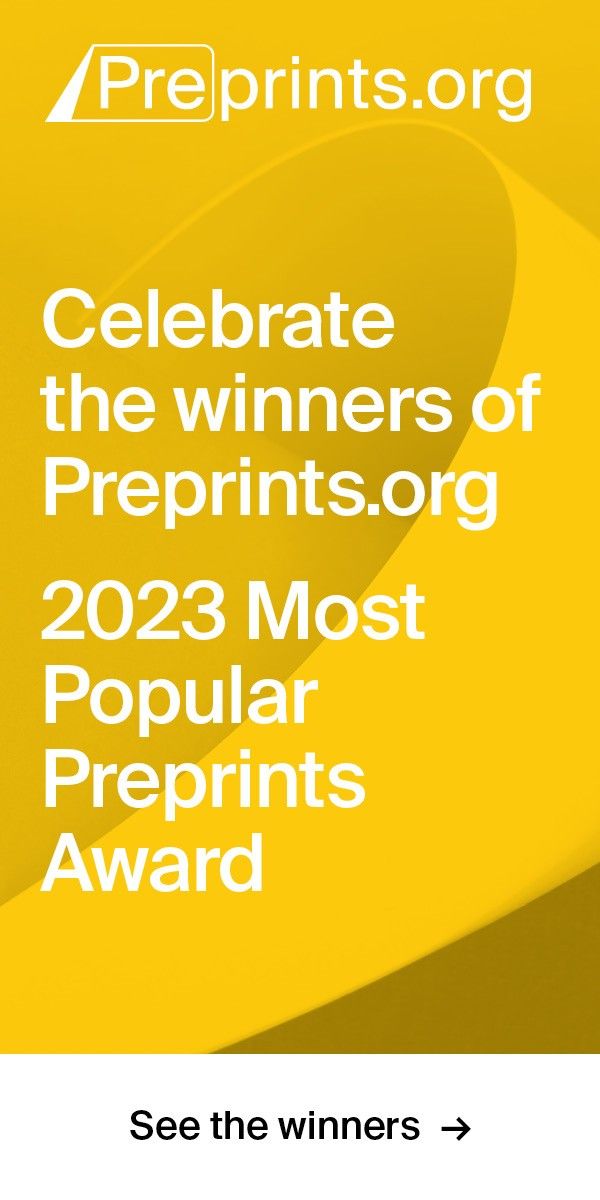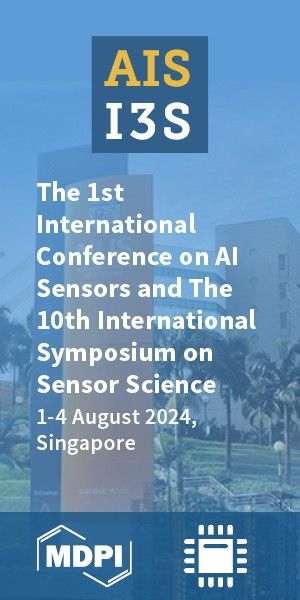Article
Version 1
Preserved in Portico This version is not peer-reviewed
Structural and Dynamical Properties of Liquid Water Increase Turbulent Flows
Version 1
: Received: 6 June 2022 / Approved: 8 June 2022 / Online: 8 June 2022 (12:24:33 CEST)
How to cite: Tozzi, A.; Peters, J.; Mariniello, L. Structural and Dynamical Properties of Liquid Water Increase Turbulent Flows. Preprints 2022, 2022060128. https://doi.org/10.20944/preprints202206.0128.v1 Tozzi, A.; Peters, J.; Mariniello, L. Structural and Dynamical Properties of Liquid Water Increase Turbulent Flows. Preprints 2022, 2022060128. https://doi.org/10.20944/preprints202206.0128.v1
Abstract
Turbulence is a fluid dynamic problem refractory to mathematical treatment. Examining a theoretical model of liquid water flowing in a cylinder at different Raleigh numbers, we propose a novel approach to elucidate the first stages of turbulent flows. The weakly bonded molecular assemblies of liquid water form a fluctuating branched polymer in which every micro-cluster displays different density. Against the common view of liquid water as an incompressible and continuous fluid, we suggest that the occurrence of transient local aggregates could be able to generate the vortices and eddies that are the hallmarks of turbulence. We quantify the local changes in velocity, diameter and density required to engender “obstacles” to the average flow. Then, we show how these microstructures, equipped with different Raleigh numbers and characterized by high percolation index, could generate boundary layers that contribute to micro-vortices production. We conclude that the genesis of turbulence cannot be assessed in terms of collective phenomena, rather is sustained, among many other factors, by the underrated microscopic inhomogeneities of fluids like liquid water.
Keywords
Reynold number; high-density water; molecular dynamics; water model; percolation theory
Subject
Physical Sciences, Applied Physics
Copyright: This is an open access article distributed under the Creative Commons Attribution License which permits unrestricted use, distribution, and reproduction in any medium, provided the original work is properly cited.
Comments (0)
We encourage comments and feedback from a broad range of readers. See criteria for comments and our Diversity statement.
Leave a public commentSend a private comment to the author(s)
* All users must log in before leaving a comment








